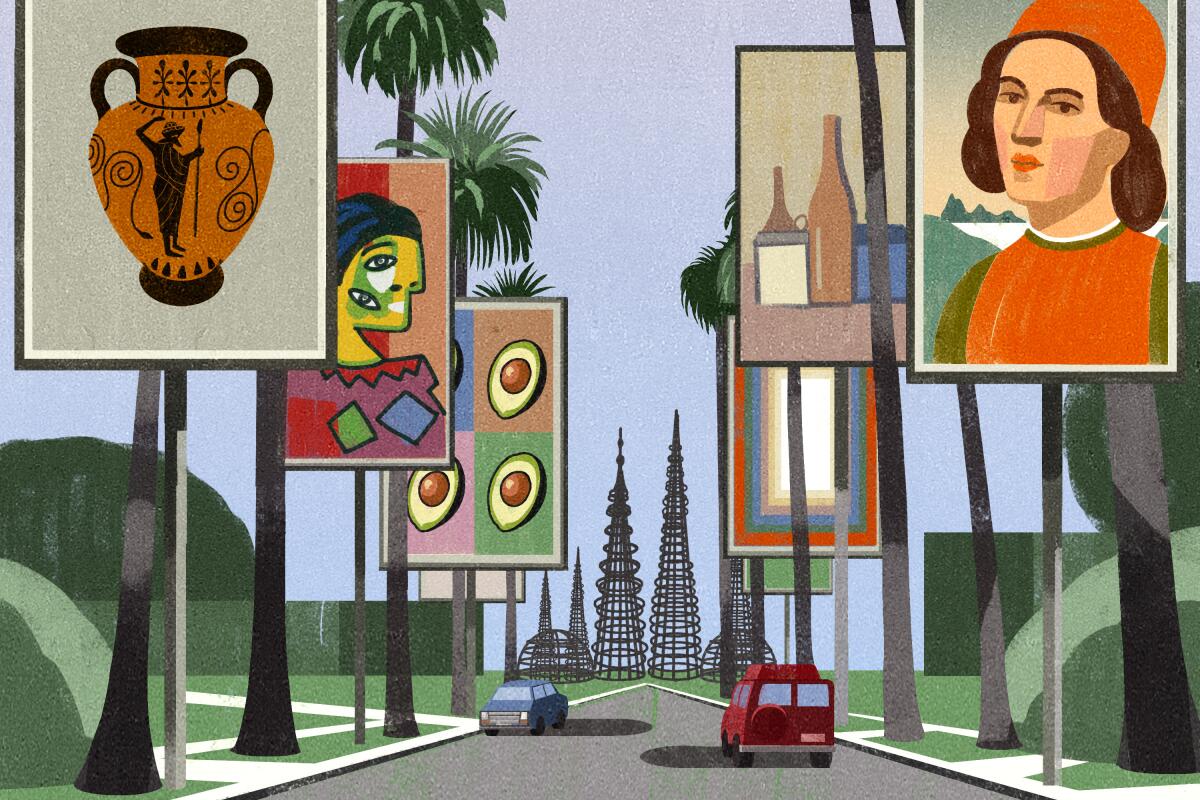
The 16 works of art you need to see in L.A. County
We tend to rank art museums according to the importance of their permanent collections, even as those rooms likewise tend to be the quietest, less-traveled spaces in the building. “What’s new?” we ask ourselves as we make a beeline to the special exhibition galleries to see the latest offering.
In truth, nothing makes me happier than spending time in those quieter galleries, where objects in the collection become like friends, whom you’re happy to run into again. The experience is how one develops a special bond with a museum, which can otherwise feel institutionally aloof. Lunch at the cafe or sale-shopping at the store can be a fun diversion, but extra time with the collection is finally more satisfying.
Temporary, changing exhibitions draw most of the attention at Los Angeles art museums, as they do everywhere, but together the city’s museums hold hundreds of thousands of absorbing works of global art in their collections. Here are some examples, selected not because they represent the cream (though some do) but because aesthetic value spreads wide and the major and the minor have their own charms. Each is something I find myself returning to, so the more time one spends, the more they reveal themselves.
Not all museums have permanent permanent-collection displays, however, instead changing what’s on view from the collection with regularity; others have only modest gallery space for it. So, before you go it’s often worth checking the institution’s website if you hope to see a specific object.
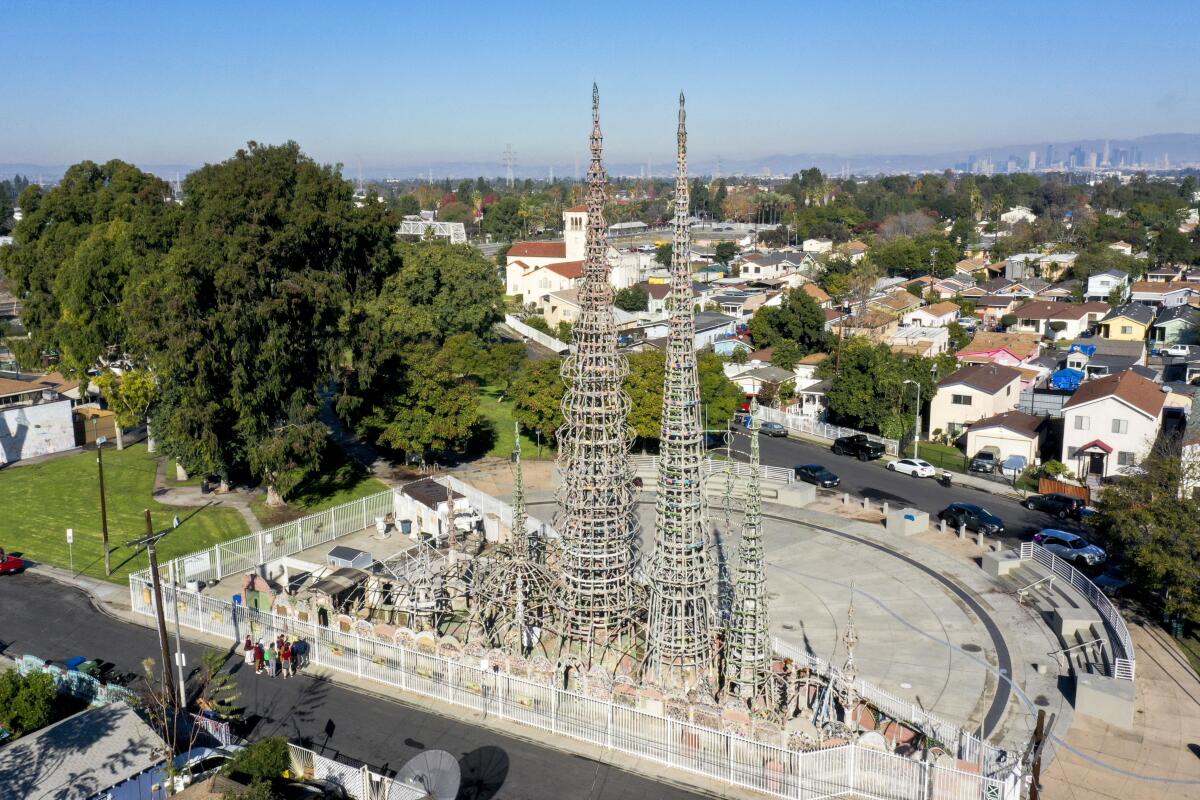
Sabato Rodia, “Nuestro Pueblo" (Watts Towers)
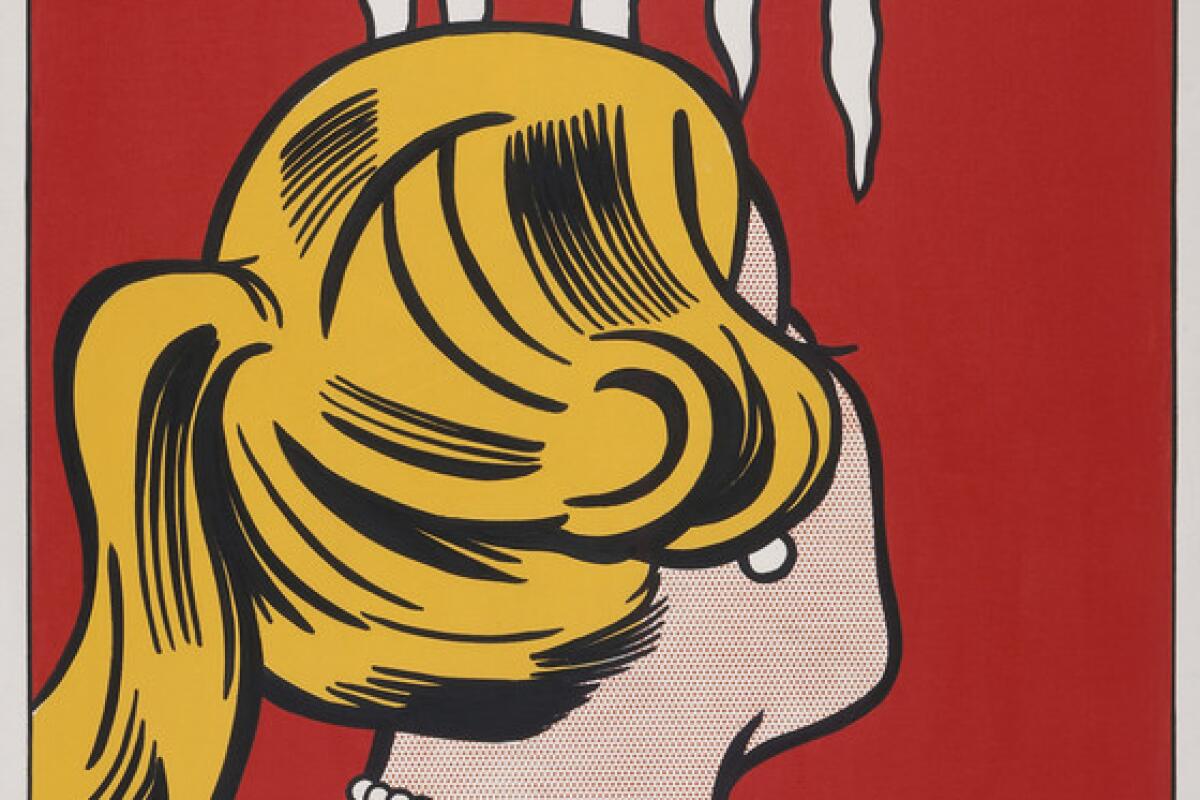
Roy Lichtenstein, "Cold Shoulder" at LACMA
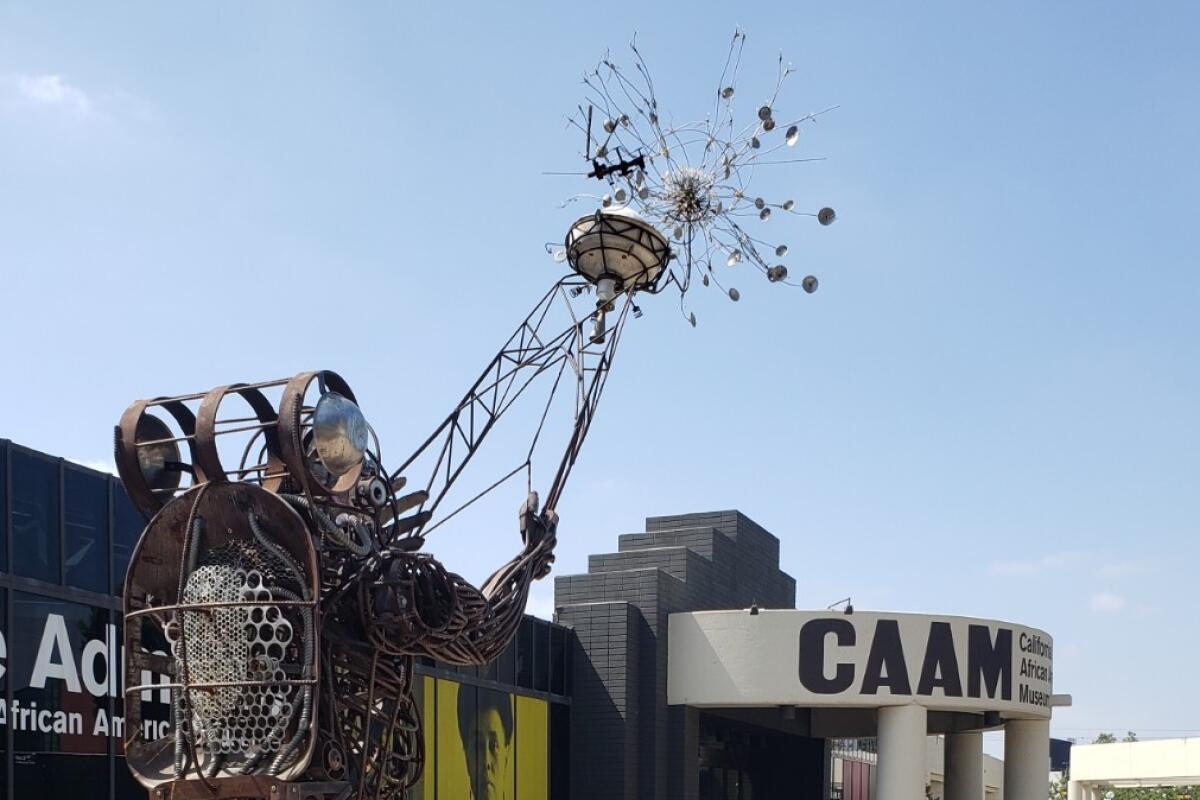
Charles Dickson, "Wishing on a Star" at California African American Museum
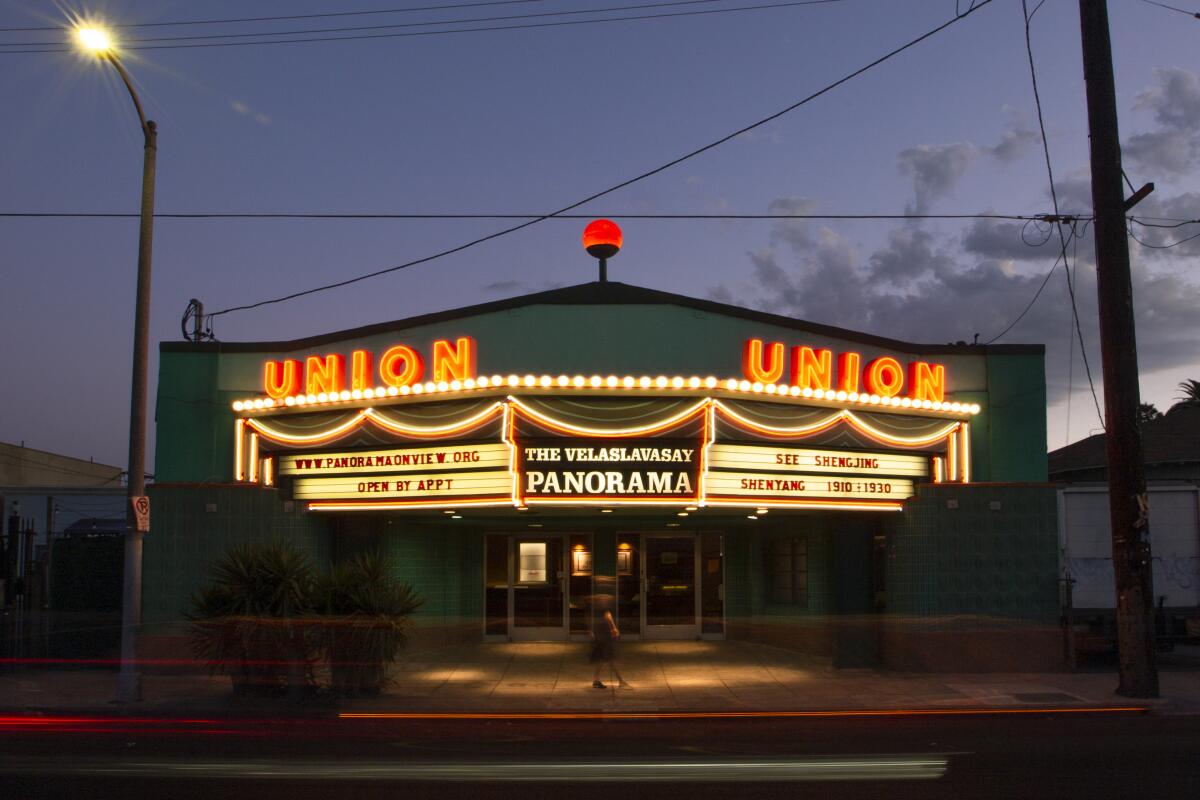
Li Wu, Yan Yang, Zhou Fuxian and more, “The Shengjing Panorama"
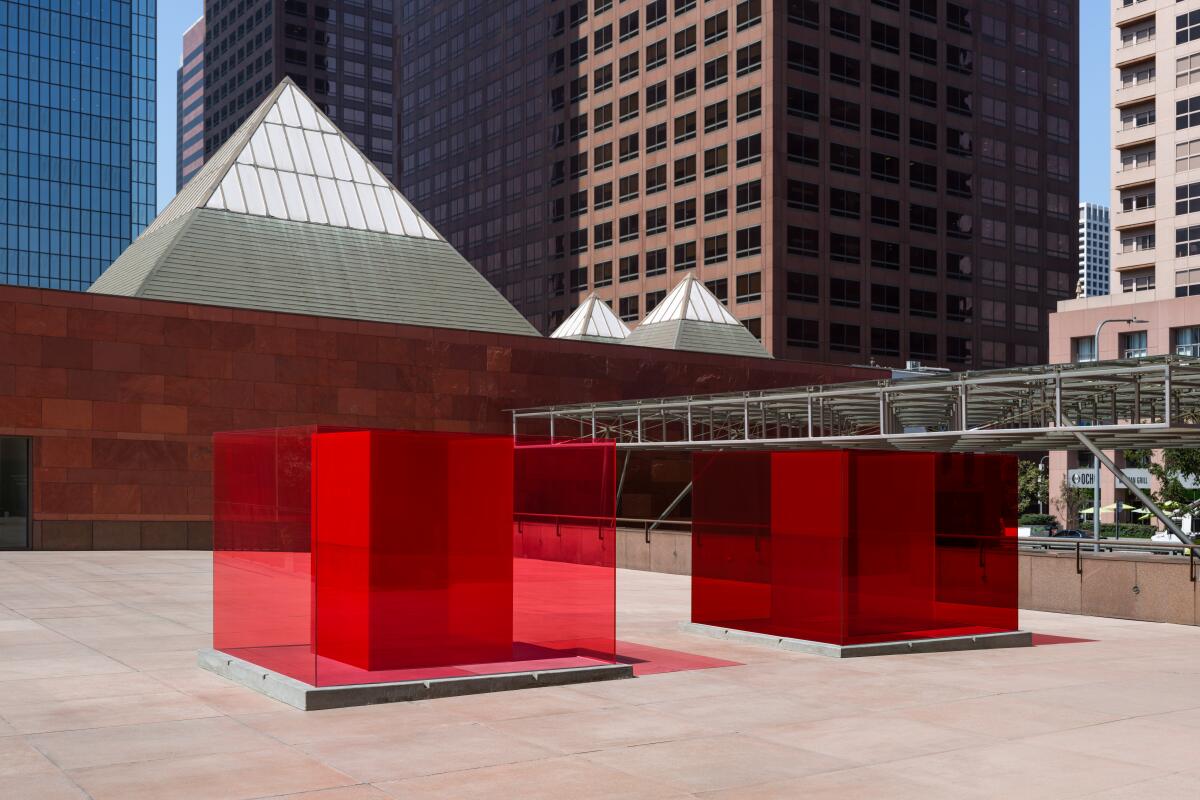
Larry Bell, “Bill and Coo at MOCA's Nest"
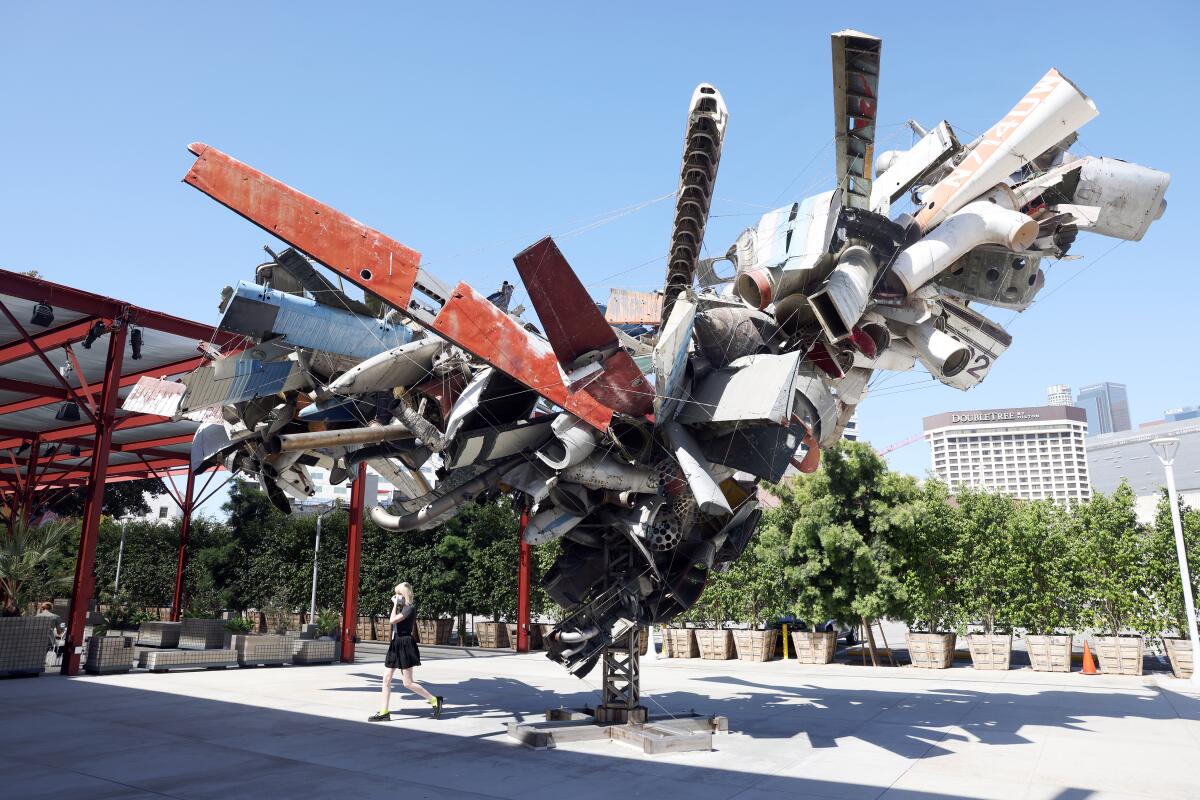
Nancy Rubins, “Chas' Stainless Steel, Mark Thompson's Airplane Parts, About 1,000 Pounds of Stainless Steel Wire, and Gagosian's Beverly Hills Space at MOCA"
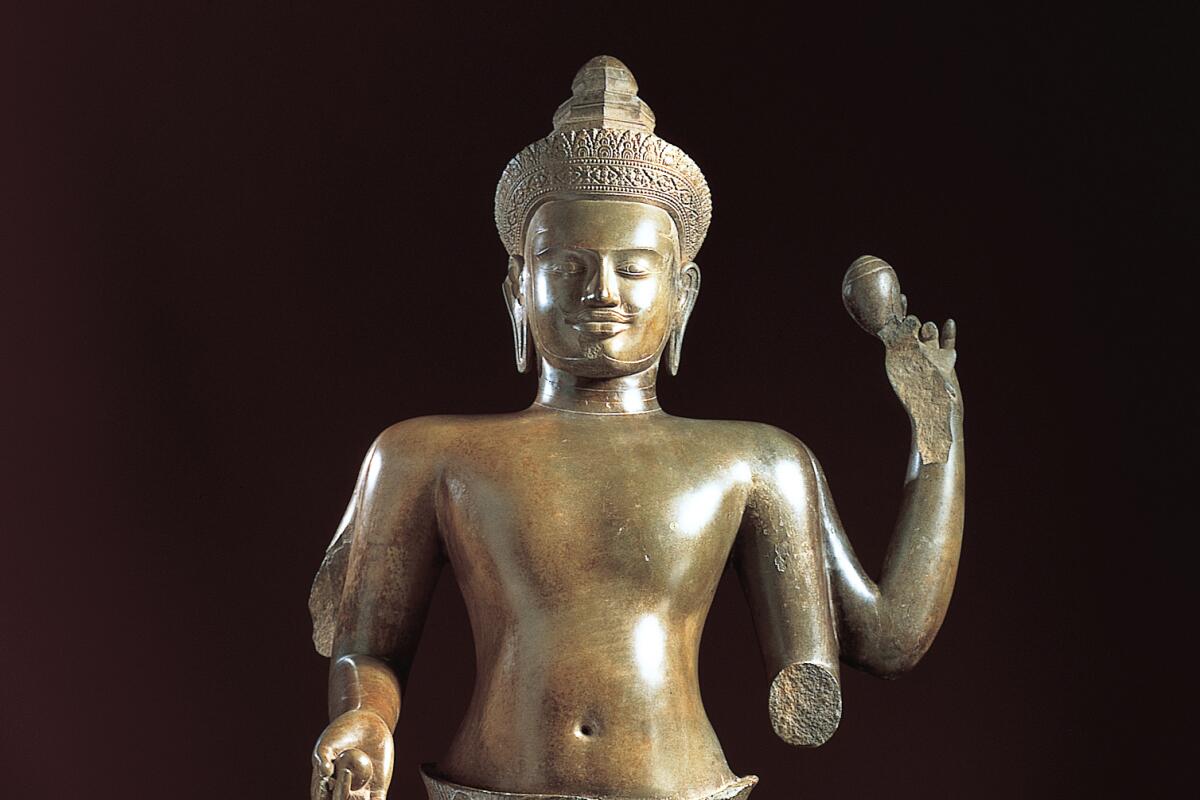
“Vishnu" at Norton Simon Museum
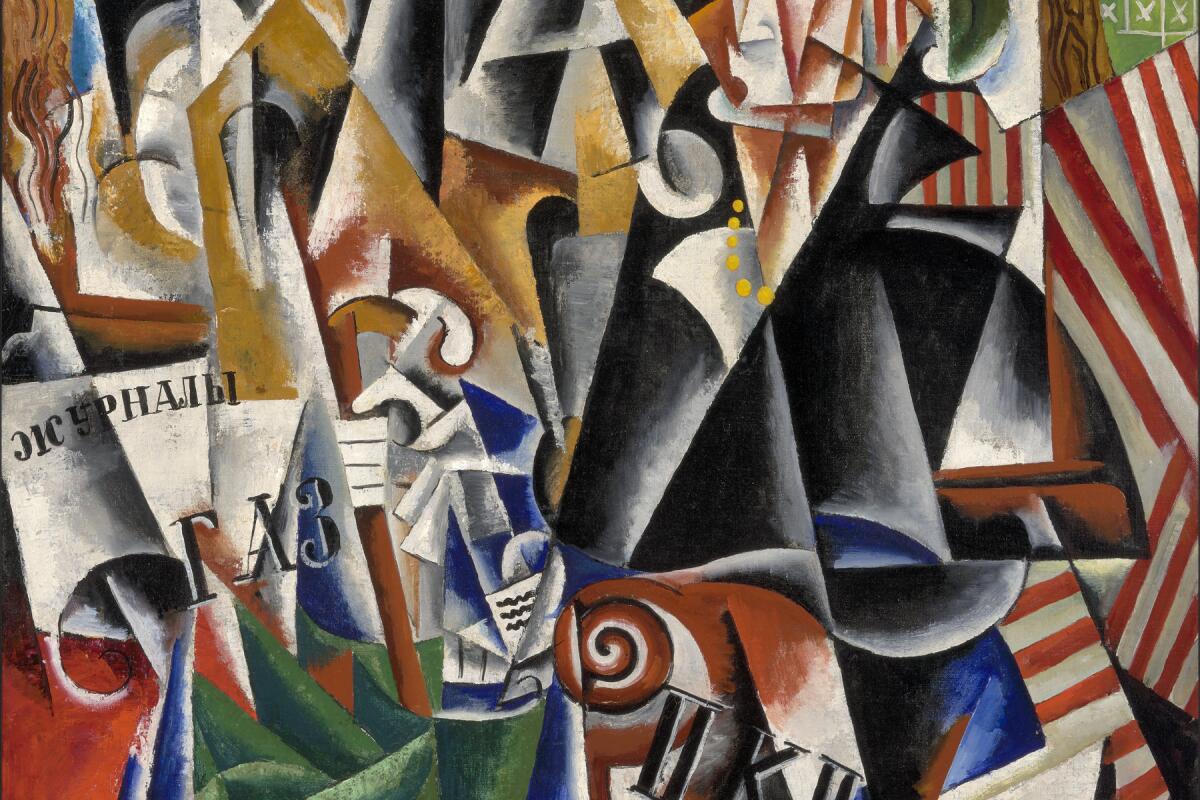
Liubov Popova, “The Traveler" at Norton Simon Museum
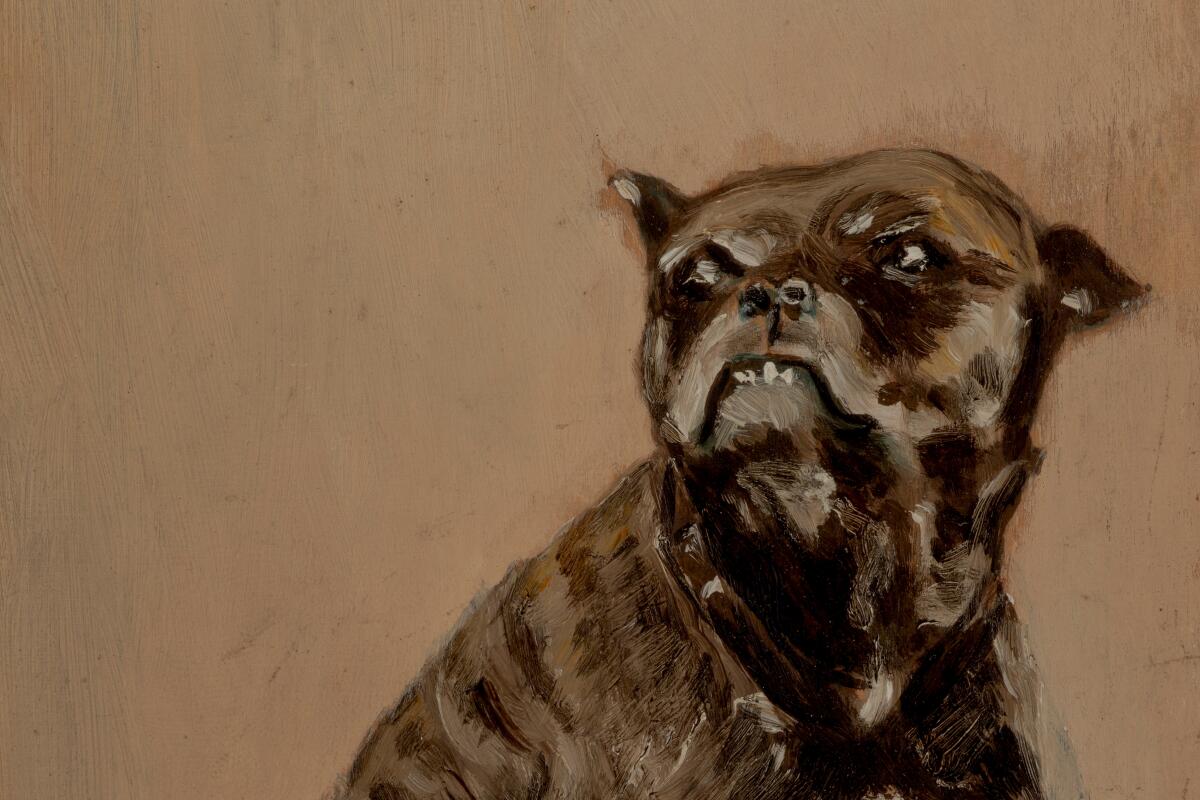
Henri de Toulouse-Lautrec, “Touc, Seated on a Table" at UCLA Hammer Museum
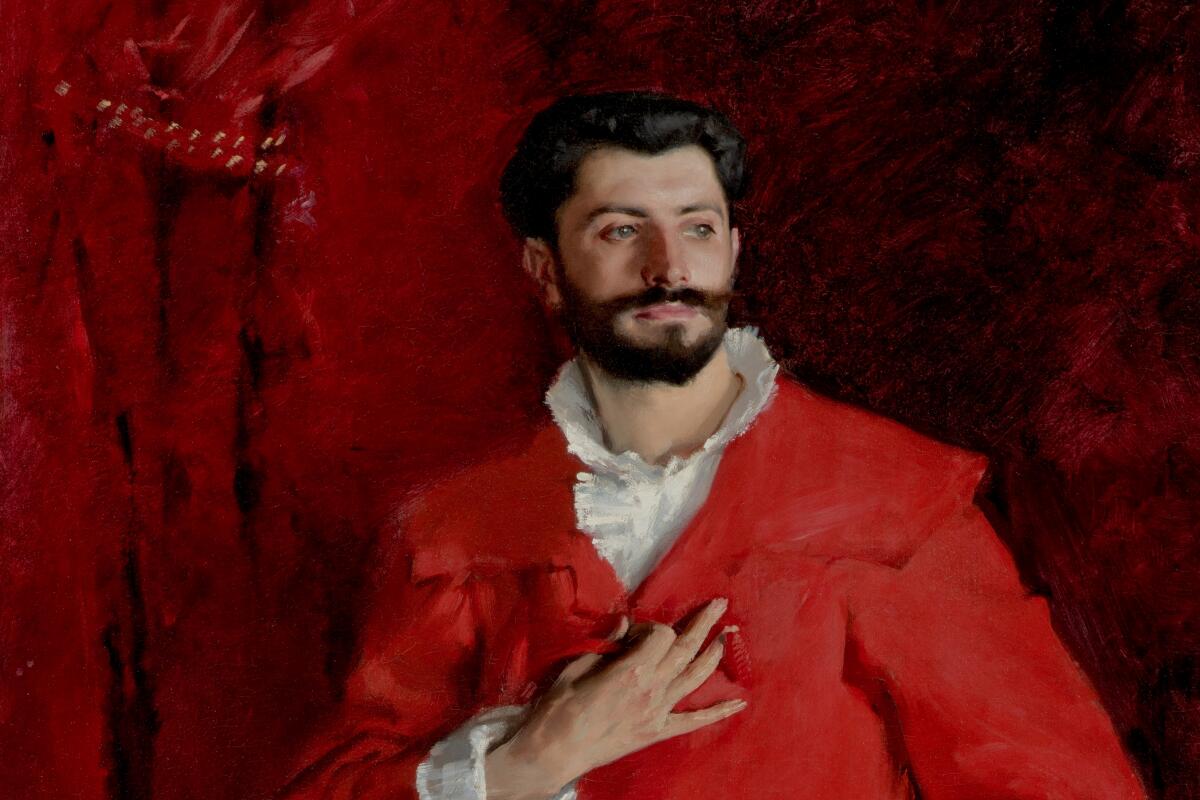
John Singer Sargent, “Dr. Pozzi at Home,” at UCLA Hammer Museum

Robert Irwin, “Central Garden" at the Getty Center
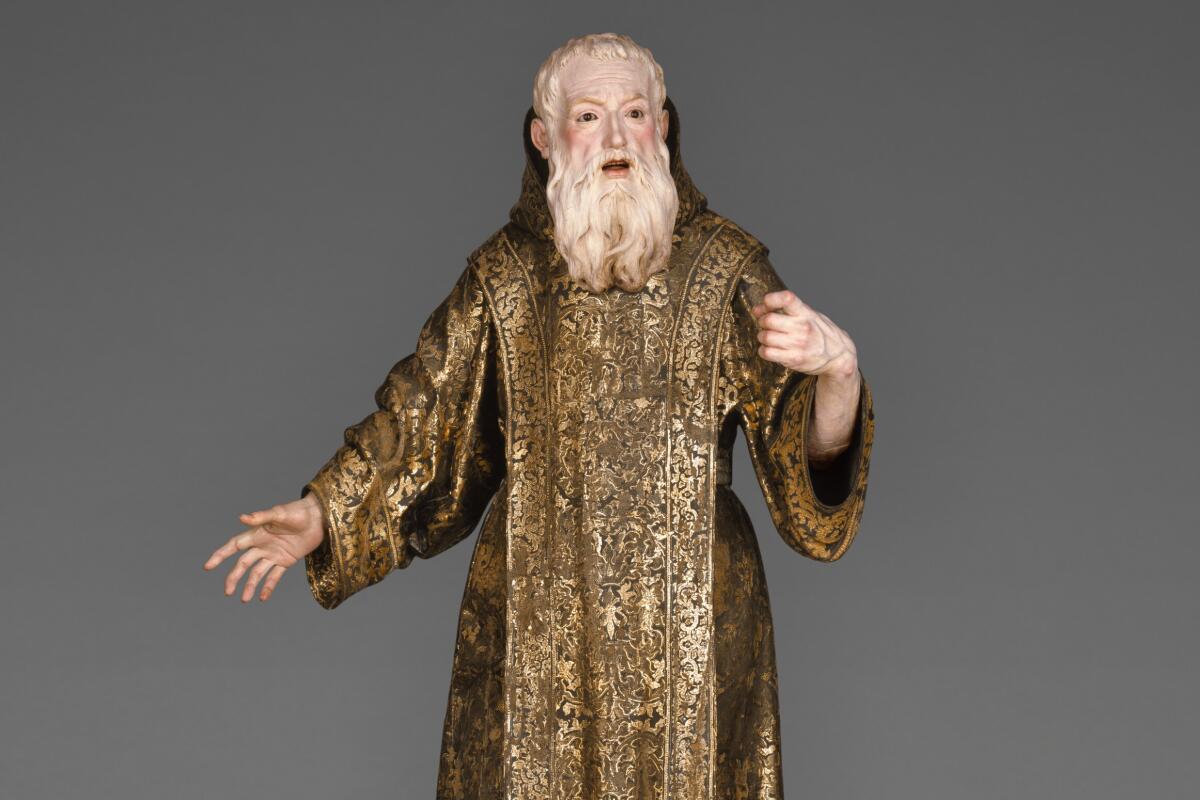
Luisa Roldán, “Saint Ginés de la Jara,” at J. Paul Getty Museum
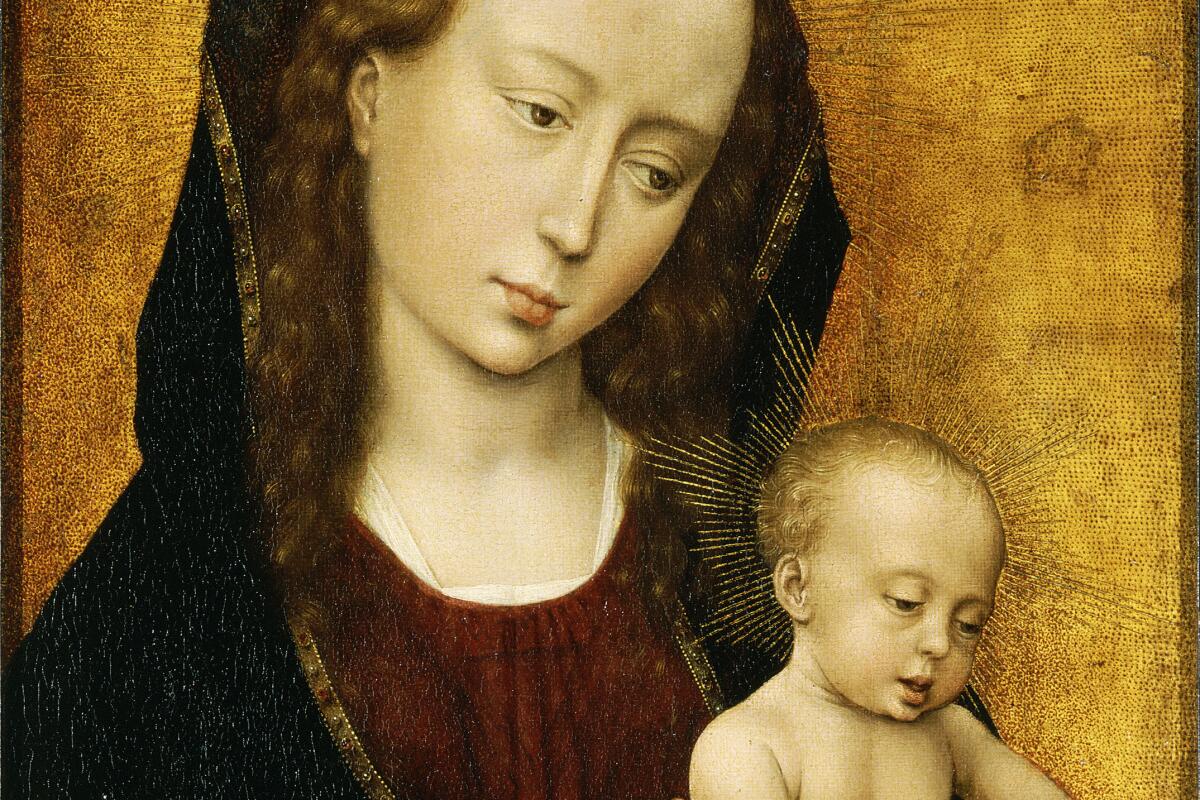
)
Rogier van der Weyden, “Virgin and Child" at Huntington Library
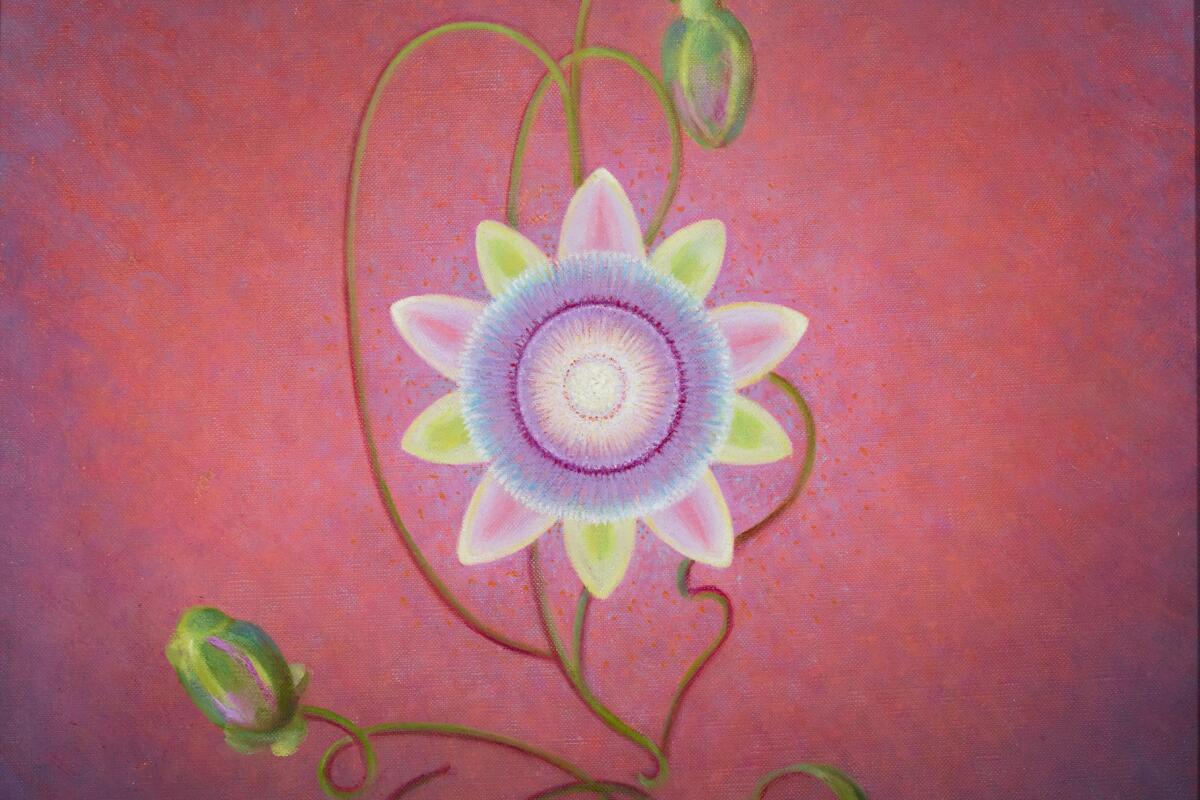
)
Agnes Pelton, “Passion Flower" at Huntington Library
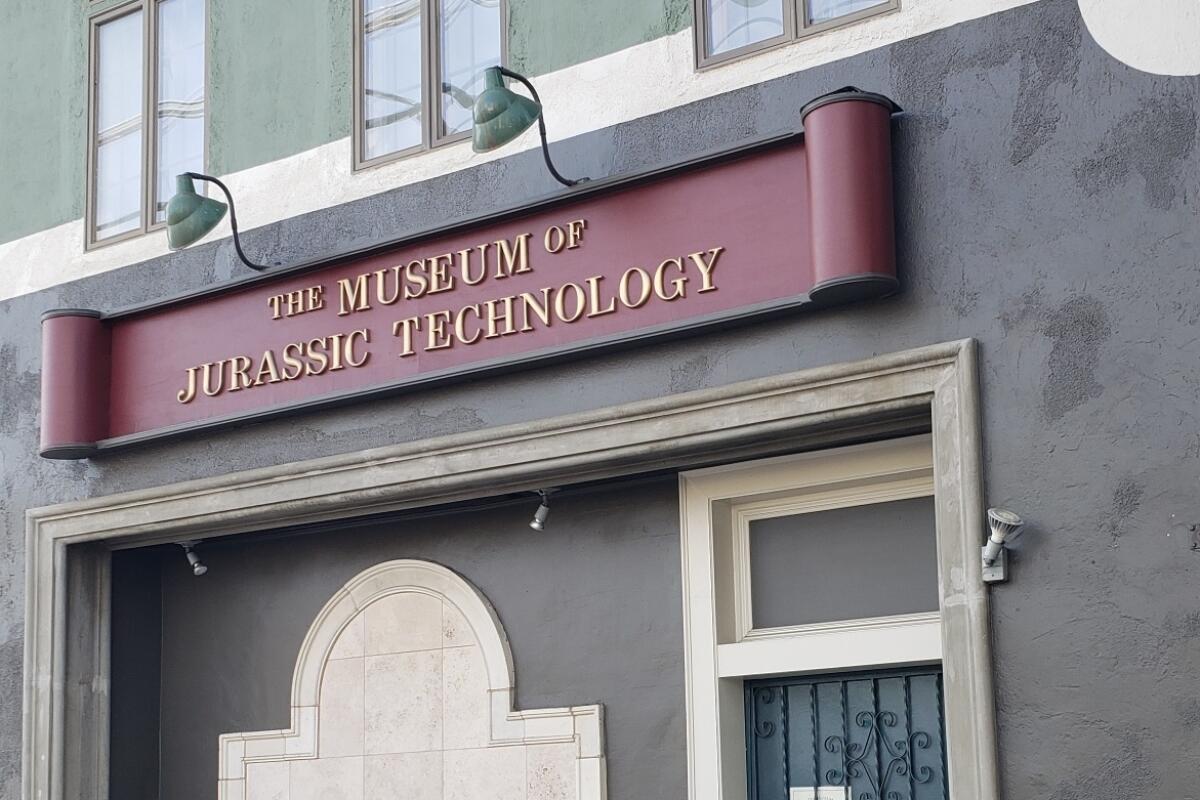
David Hildebrand Wilson and Diana Drake Wilson, the Museum of Jurassic Technology
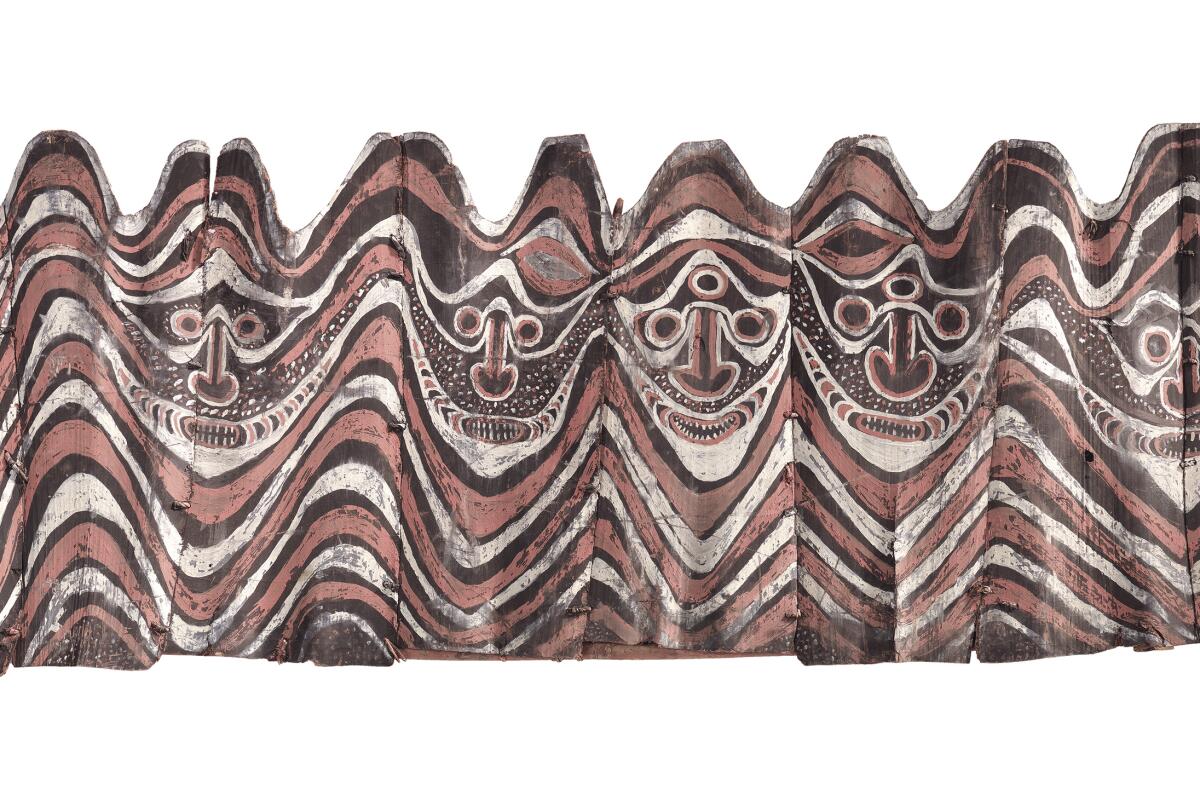
Iatmul peoples, Papua New Guinea ceremonial house painting at UCLA Fowler Museum
The biggest entertainment stories
Get our big stories about Hollywood, film, television, music, arts, culture and more right in your inbox as soon as they publish.
You may occasionally receive promotional content from the Los Angeles Times.







